Books on usage and abusage
Getting intimate with words
Usage guides don’t define words as a dictionary does, and they don’t tell you how to capitalize words or where to put hyphens as a style manual does. Instead they explain the way we use words in English, and the subtle differences between certain words (e.g., affect and effect) that are often confused.
 The Accidents of Style, by Charles Harrington Elster
The Accidents of Style, by Charles Harrington Elster
Another book for those who love splitting hairs—and splitting infinitives. In other words, writers who care about nuance and can tell which false rules deserve to be flouted. Elster updates The Careful Writer (mentioned below), writing smartly about more than 350 other thorny usage questions.
 The Careful Writer, by Theodore M. Bernstein
The Careful Writer, by Theodore M. Bernstein
Theodore M. Bernstein first put together this glossary of stylistic snares in 1965, after a long career as an editor at the New York Times. Bernstein writes oh-so-cleanly, and with occasional sly humor, about usage, which he calls the “spit and polish” that gives writing precision, accuracy, clarity, and color.
 Dreyer's English, by Benjamin Dreyer
Dreyer's English, by Benjamin Dreyer
Random House’s very own copy chief has published a notable sum of his writerly knowledge. Dreyer distills what he has learned from the myriad books he has copyedited into a guide not just for writers but for every writer who wants to put the best prose foot forward. The result has been described as both “authoritative” and “amusing,” a practical guide that bristles with good humor. Something we never have enough of!
 Dictionary of Unendurable English: A Compendium of Mistakes in Grammar, Usage, and Spelling with commentary on lexicographers and linguists, by Robert Hartwell Fiske
Dictionary of Unendurable English: A Compendium of Mistakes in Grammar, Usage, and Spelling with commentary on lexicographers and linguists, by Robert Hartwell Fiske
Fiske is serious about words, and his dictionary will set you straight about misspelled or misused words. The back cover states this book is “a comprehensive, authoritative, charmingly grumpy compendium of misuses of the English language.” And the Wall Street Journal says that Fiske’s “flogging of Merriam-Webster’s is one of the many pleasures of this lovely, sour, virtuous book.”
 Dictionary of Modern American Usage, by Bryan Garner
Dictionary of Modern American Usage, by Bryan Garner
At 928 pages, this comprehensive and complete book represents the gold standard to many in the trade. Its author, Bryan Garner, has been called “the wunderkind of American dictionary-making.”
 Merriam-Webster’s Dictionary of English Usage
Merriam-Webster’s Dictionary of English Usage
Of the many usage manuals on the market, copy editors often prefer this one, as they do its cousin in the dictionary department. Authoritative, comprehensive, and easy to read, it follows a “descriptive” rather than a “prescriptive” philosophy.
 Origins of the Specious: Myths and Misconceptions of the English Language, by Patricia T. O’Conner and Stewart Kellerman
Origins of the Specious: Myths and Misconceptions of the English Language, by Patricia T. O’Conner and Stewart Kellerman
Want to know the fine distinctions between ravage and ravish? Wondering what the difference is between pawn off and palm off? Questioning whether Winston Churchill ever actually made that famous quip (“This is the sort of English up with which I will not put,” after a pedant dared to tinker with his writing)? My favorite source for this stuff is this book, by the author of Woe Is I and her husband.
—Constance Hale
Share This:




